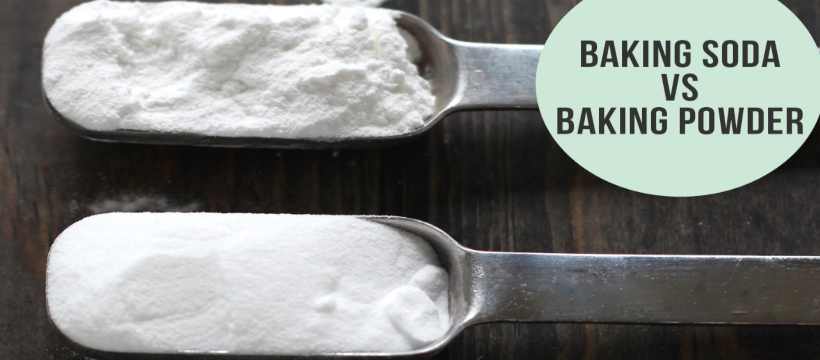
This is the most frequently asked questions and the most basic thing in the realm of baking. People think of subtracting, either one of them so we’ll learn today if that is possible or not and also the importance of both.
Baking soda is also known as bicarbonate soda or sodium bicarbonate. It used as a base. When a recipe calls for baking soda (base), it means that it needs some kind of acid like buttermilk, brown sugar, yogurt, lemon juice, vinegar, cream of tartar, molasses, applesauce, natural cocoa powder or honey. You need acid in order for your base to react, which in turn creates carbon dioxide and allows the batter to rise well.
If you remember, we had studied this reaction in our science classes. Baking soda is 3-4x stronger than baking powder. Doesn’t mean that if you put more baking soda, it will rise more. You should put the base in proportion to the acid so that it works well.
Too much baking soda and less acid means that there will be leftover baking soda in the recipe which would create a metallic, soapy taste in your baked items.
The only way to understand the proportion is to use the GOOD RULE OF THUMB: Use ¼ teaspoon baking soda per 1 cup of flour in a recipe.
Baking powder contains baking soda, cream of tartar and sometimes cornstarch. These days, the kind of baking powder which is in selling is double acting. This means that the first leavening occurs when baking powder gets wet – like when you combine the dry and wet ingredients in the recipe. The second leavening occurs when the baking powder is heated.
Since baking powder already contains an acid to neutralize its baking soda, it is most used when a recipe does not need an extra acidic ingredient.
The best way to know the proportion is to use the GOOD RULE OF THUMB: Use teaspoon of baking powder per 1 cup of flour in a recipe.
Happy Baking!